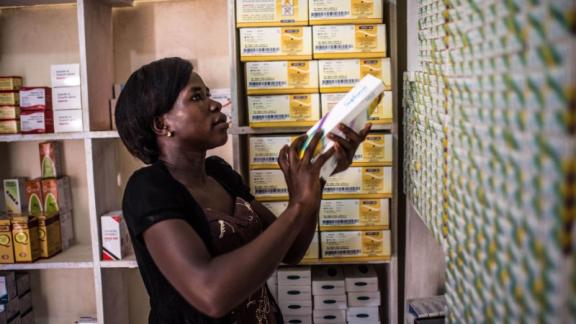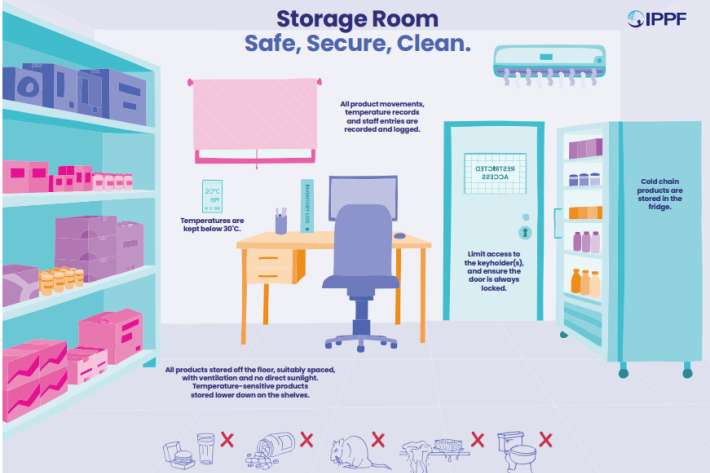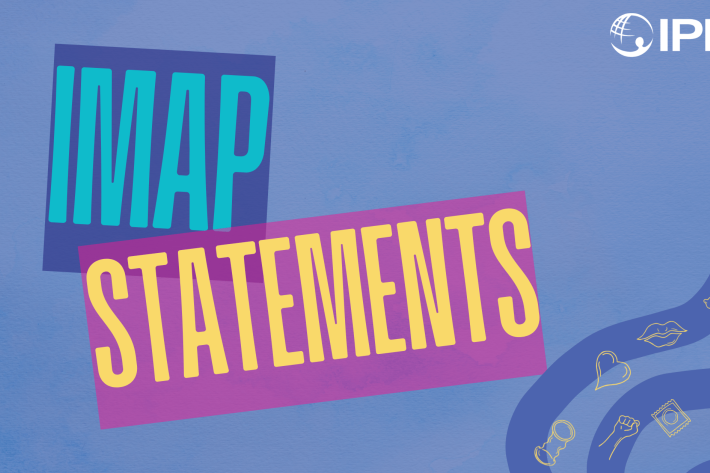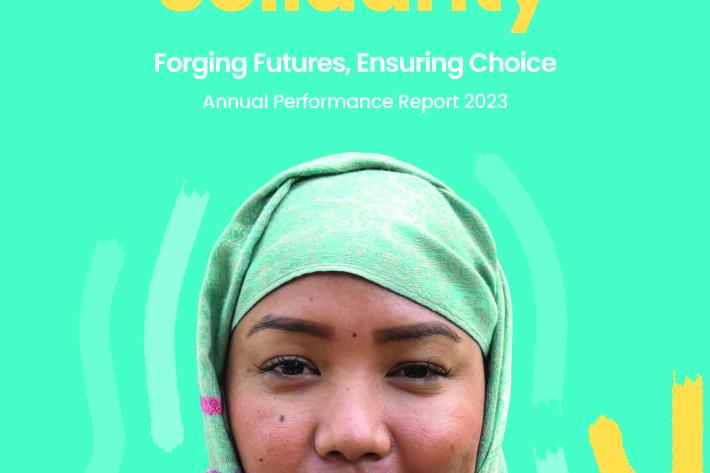Spotlight
A selection of resources from across the Federation

Technical Brief: Designing and Delivering Inclusive, Rights-Based Sexual and Reproductive Healthcare to Transgender and Gender Diverse People
This technical brief outlines key recommendations across several sexual and reproductive health service areas to promote access to inclusive care for transgender and gender diverse people.
Filter our resources by:
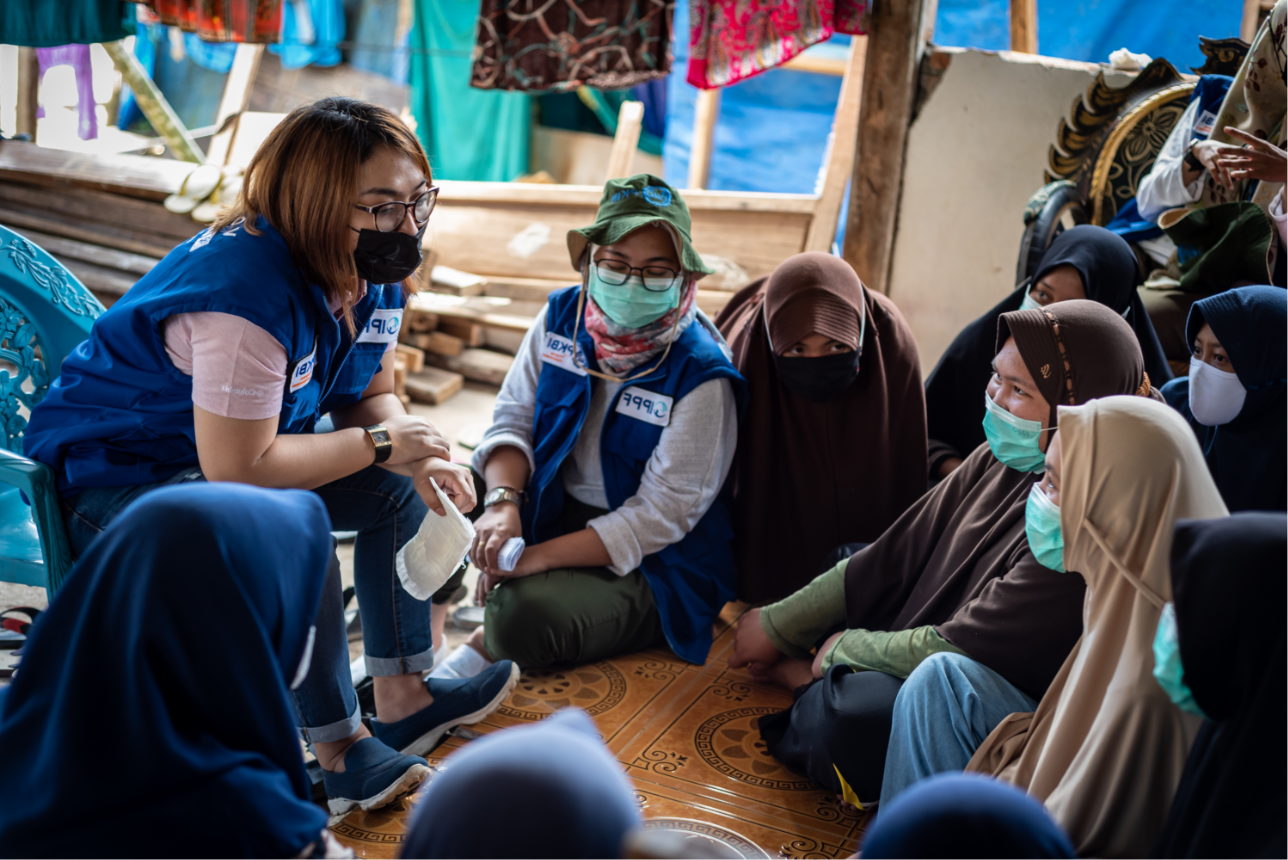

| 08 July 2024
IMAP Statement on Menopause
What is menopause? Menopause is a retrospective diagnosis: it is defined after a woman or person who can menstruate is amenorrheic for 12 months. At this time, estrogen levels are diminished, the ovaries no longer ovulate and spontaneous conception is no longer possible. The average age of the final menstrual period (FMP) is between 46-52 years of age globally. Early menopause occurs between the ages of 40-45 and premature ovarian insufficiency refers to menopause occurring spontaneously before 40 years of age. Of note, although most professional societies define menopause occurring following 12 months of amenorrhea, the United Kingdom Faculty of Sexual and Reproductive Health defines it as 12 months in people over the age of 50 years of age and 24 months in those between 40-50 years of age. The menopause transition is the start of menopausal symptoms and/or menstrual irregularities until the FMP. Perimenopause includes the menopause transition, during which time contraception may continue to be needed, and one year after the FMP, when menopause is officially diagnosed. Both menopause and perimenopause are a time of great transition. Perimenopause is associated with significant hormonal fluctuations with an eventual reduction in ovarian estrogen production. In the initial years after the FMP, estrogen levels may still fluctuate but, over time, will diminish to a persistent low estrogen state. These hormonal changes can have significant physical, emotional, and mental effects. Menopause occurs naturally but other types exist. Surgical menopause occurs when both ovaries are surgically removed. Menopause can also be induced after medical treatments, such as with chemotherapy, that result in cessation of ovarian function which may be permanent or reversible. Globally, life expectancy is increasing, albeit varying by geographical location. Some people may spend decades in perimenopause and menopause. Often the needs of those in perimenopause/menopause are unmet; recognizing and addressing these needs are essential to ensure the health and wellness of this often-overlooked population. Purpose of the Statement The purpose of this statement is to define the health impact of perimenopause and menopause and review therapeutic options to address the healthcare needs of this population.

| 23 September 2022
IMAP Statement on DHI for SRHR
IPPF understands that DHIs can bridge gaps between formal and community-based models of SRH service delivery and offer unique benefits such as accessibility, privacy, anonymity, linkages to the health system and opportunities for continuous programme monitoring and evaluation. The COVID-19 pandemic accelerated the use of DHIs in SRH care globally, and these are becoming part of the spectrum of SRH service delivery options, complementary to in-person and self-care options. This statement addresses the key attributes for providing safe, quality, accessible person-centered care, and ultimately fulfilling clients’, including women's and girls' right to SRH care when, where, and how they choose to. Download in English, French, Spanish and Arabic below.







